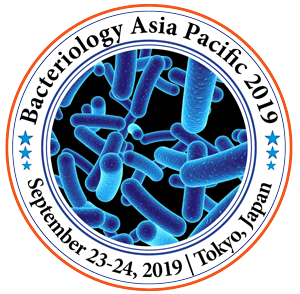
Anna G Afinogenova
St. Petersburg State University, Russia
Title: Influence of antiseptics and their combinations on microbial DNA and biofilms
Biography
Biography: Anna G Afinogenova
Abstract
Local antiseptics in sub-bactericidal concentrations are active against antibiotic-resistant microorganisms, including Gram-negative bacteria. The studies were performed in vitro and in vivo, on the culture of fibroblast cells of human embryonic skin. Our study shows antiadhesive activity of QATs against S. aureus, their ability to suppress hyaluronidase and staphylococcal plasmocoagulase. Poviargol (silver nanoclusters) is able to suppress protein A of staphylococcus, prevents the formation of microbial biofilms on biotic and abiotic surfaces. Polyhexanide shows antiadhesive properties against Gram-positive and Gram-negative bacteria, enhances the effect of antibiotics against resistant microbes due to increased permeability of the cell wall, affects plasmacoagulase, collagenase. The combined effect of sodium hypochlorite and quinoxoline derivative on microbial DNA was assessed by UV spectroscopy and electrophoresis. For the first time, a dose-dependent effect of sodium hypochlorite on individual nucleotides and polynucleotides was obtained, and complete destruction of the plasmid DNA of Escherichia coli DH5-Alpha strain was demonstrated. It has been established that the interaction with sodium hypochlorite involves the destruction of the secondary structure of DNA (denaturation) and the chemical modification of nitrogenous bases, presumably chlorination. The presence of a secondary structure slows down the chemical reaction of sodium hypochlorite with nitrogenous DNA bases. The ability of antiseptics to destroy formed (48 hours) microbial biofilms of Klebsiella pneumoniae and Pseudomonas aeruginosa has been studied. In this case combined action of two antiseptics was better than one agent by itself. Various antiseptics in non-bactericide concentrations complexly affect the antibiotic-resistant microbial cell: increase the permeability of the cell membrane, inhibit the enzyme-in activators of antibiotics and suppress the epidemic factors of the transfer of antibiotic resistance markers by transduction and conjugation.

